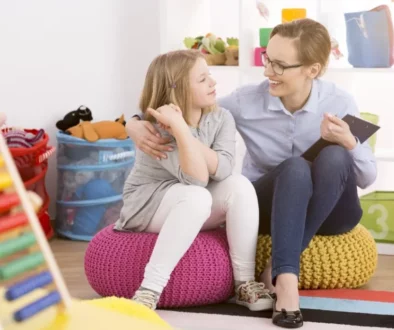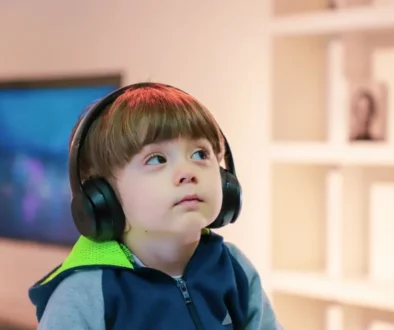8 Fine Motor Activities for Children with Autism
Did you know that around 87 percent of people with an autism diagnosis struggle with motor skills? These can range from fine to gross motor skills and impact many areas of life.
For children with autism, early intervention is extremely effective. Working with your child in therapy and at home with fine motor activities is imperative for future success.
However, half the battle is getting your child to engage in the activities chosen. Are you looking for activities to improve motor skills that your child will actually do?
Keep reading to learn about fine motor activities for children with autism.
1. Sorting Games
There are many types of fine motor activities; however, one of the most common types is a sorting game. This is great for children who enjoy sorting items, and there are different ways you can make it fun.
For example, you could tape an empty paper towel roll to the wall and have your child drop items like pom poms through it, so they land in a bowl. If you tape several to the wall, you can have them drop items of certain types into each one.
However, a task like that might be more advanced for some children. When you’re doing sorting activities, you should start with larger objects and move to smaller objects as your child’s skills improve.
2. Play With Legos
Does your child love to build? Playing with legos is a great way to improve fine motor skills, and it doesn’t feel like a task for many children.
Legos are a great activity for any child because of their versatility. You can buy “big” Legos and smaller Legos. This allows your child to use this toy to build their skills no matter what level they are at.
You can also work to build specific designs together, or you can just build random things.
3. Play With Stickers
Many children love stickers, and many parents hate them. If you’ve ever found your child’s stickers all over a wall, you understand that statement.
However, stickers can actually help with fine motor skills as your child peels them and sticks them to the intended surface. If you’re concerned about your child putting the stickers everywhere except where they’re supposed to be, make sure this is a monitored activity.
Sticker books are a great way to incorporate this activity. If your child has a favorite story or movie, you can often find sticker books that correlate to that to make it more interesting.
4. Tangrams
Do you remember playing with tangrams in grade school? These consist of brightly colored shapes that you work to recreate a pattern with by using the right shapes.
They can present a challenge, but they help with problem-solving and fine motor skills as you manipulate them. Depending on your child’s developmental level, you can choose to use these in a few ways.
First, you can work with your child to recreate a pattern with the pieces. However, if that’s too advanced, you can create your own patterns. Your child will still need to manipulate the pieces and put them where they want them, but it allows them to create their own “art.”
5. Playdough
Playdough is a great activity to help with motor skills and strengthening the hands. You can incorporate playdough toys to help even more.
If you’re concerned about your child eating the playdough, you can even use homemade playdough recipes that are safe if your child decides to snack on their toy.
Worried about the mess? Cover the play area with plastic, and you can easily clean up afterward. You can even get a reusable playdough mat if you’re looking for an environmentally friendly option.
6. Paper Clip Chains
This activity is simple and great for children that love playing with your office supplies. You can make paper clip chains, necklaces, and other types of jewelry.
The great thing about paperclips is that they come in various sizes. You can start with larger paperclips, and as your child masters those, you can move to smaller ones.
You can even find some paperclips that are fun shapes and colors if you want to get really creative with this activity.
7. Building Blocks
This is another great activity for children who like to develop and create. Here’s the key with this one, building blocks don’t need to be actual blocks.
If you want to use blocks, you can, and you can find them ranging in sizes from large to small. However, you can also use items you find around the house.
Take old cereal or food boxes and stack them. Use pillows, and as your child begins to do well with the large objects, move down to smaller objects.
You can use coins, crackers, cards, or even super cans. Find items that make it fun, and go for it.
8. Puzzles
Another way to work on fine motor skills with your child is through puzzles. Puzzles are great because there is a huge variety.
You can do floor mat puzzles, puzzles that require you to put the right object in the right spot, or even jigsaw puzzles. It’s important to choose the puzzle that matches your child’s developmental level.
These are also great because, at the same time, you’ll be working on problem-solving skills. Your little one’s hands will work to manipulate the puzzle pieces and put them in the right spot working on fine motor movement.
This is also a great way to spend quality time with your child.
Try Fine Motor Activities With Your Child
Building fine motor skills doesn’t have to be boring. Get your child engaged with fine motor activities that are fun and work the necessary muscle groups.
Are you concerned your child may have autism? Contact Developmental Pediatrics of Texas today to schedule an assessment.



